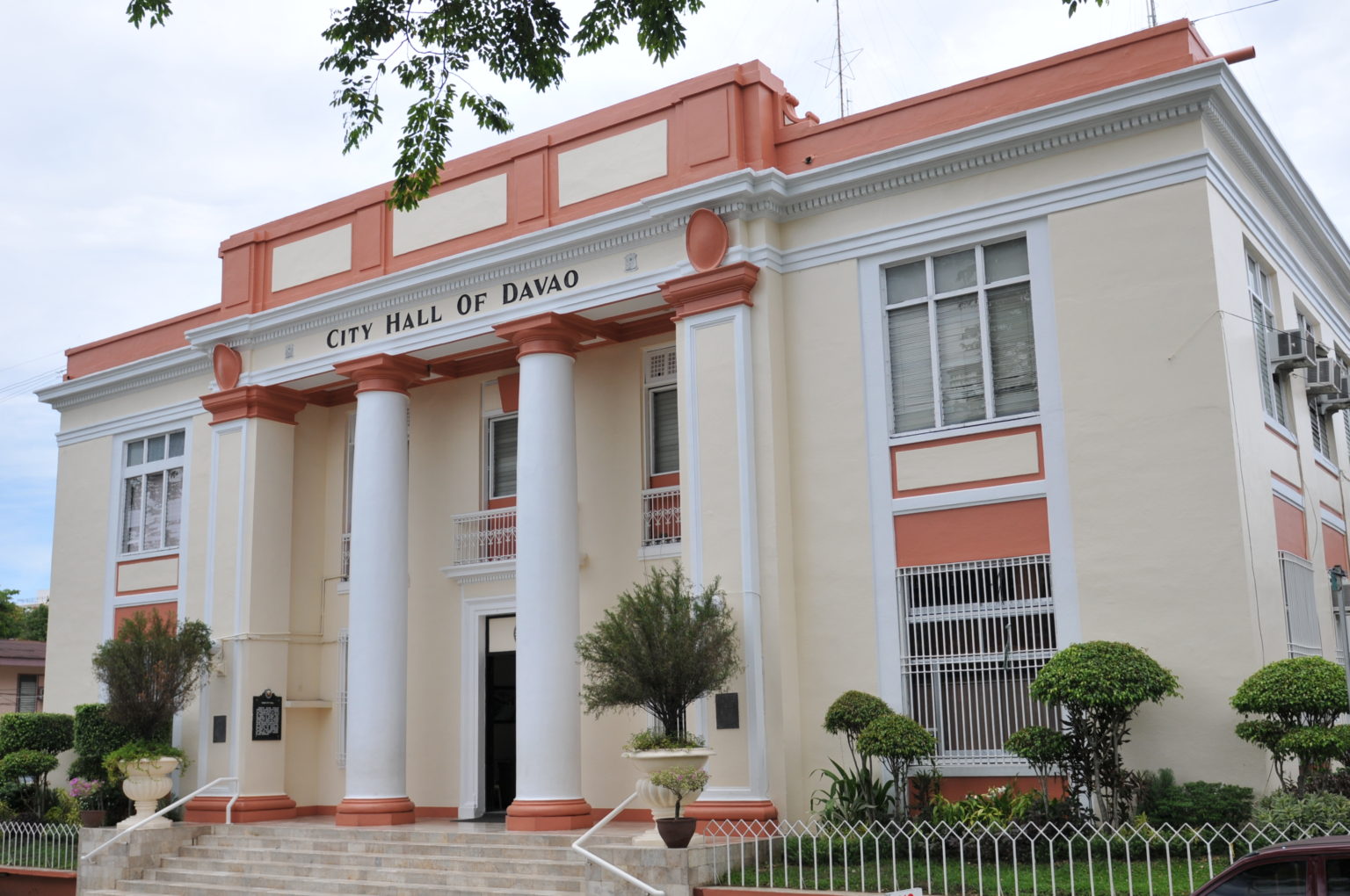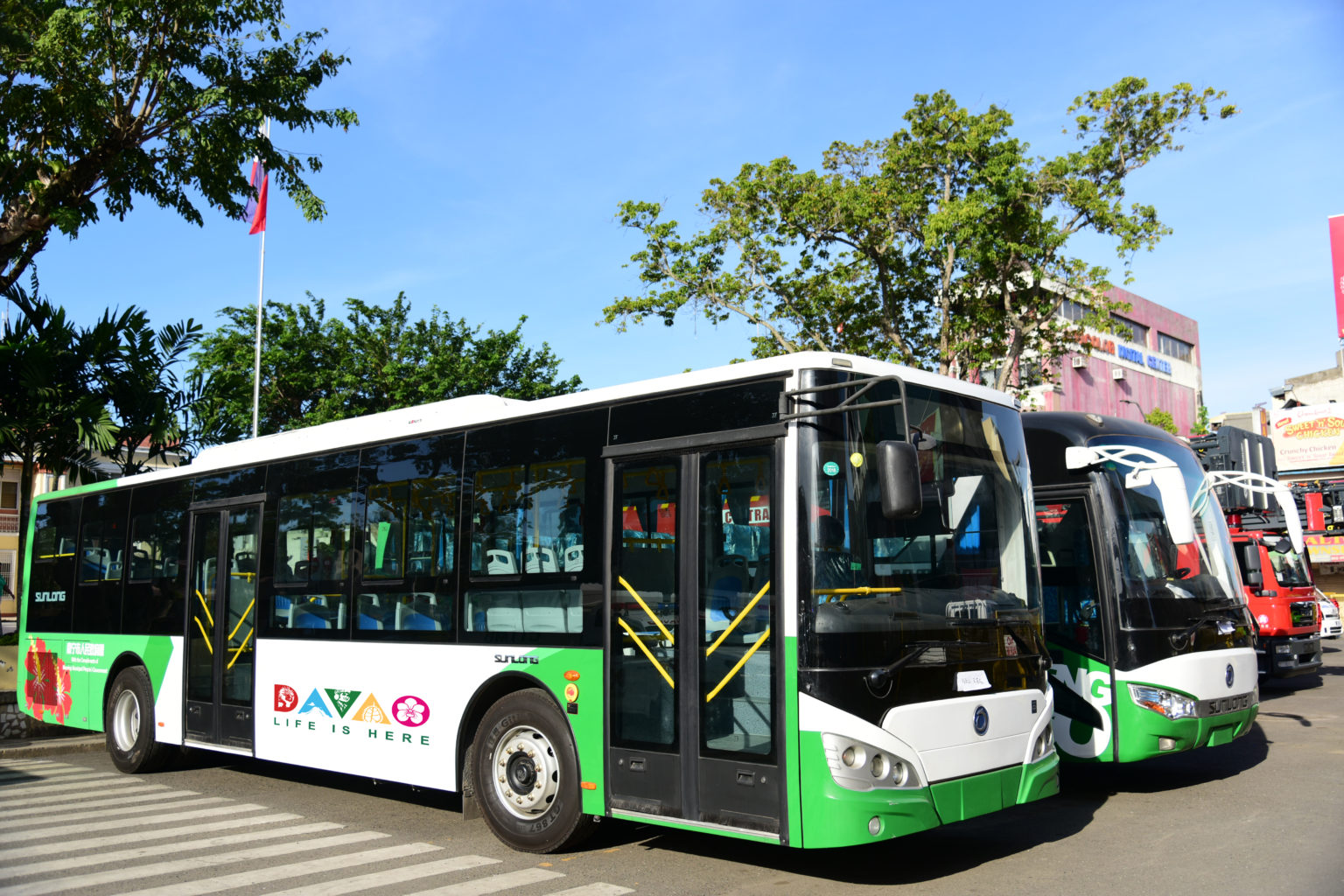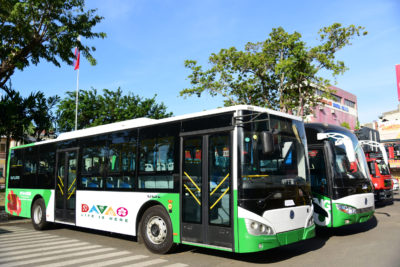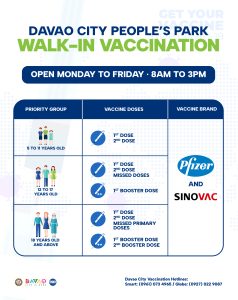Implementers of the High Priority Bus System (HPBS) assured that Gender and Development (GAD) programs, which seek to champion gender equality and promote gender-responsive efforts, are integrated into the transport modernization.
During the Sabay Ta Bai program over the Davao City Disaster Radio (DCDR), Department of Transportation Community Development Officer Nicole Erika Cue said yesterday that various initiatives were launched, which focus on ensuring equal access of the different genders including men, women, and LGBTQIA+ and other vulnerable sectors such as the youth, senior citizens, and persons with disability (PWDs) to the HPBS project.
“Gender and development [is] very important because we recognize the inequality in gender sa atong [in our] society dili lang [not just] between men and women pero apil pod sa atong gina-recognize katong mga kaigsoonan [including those] under LGBTQIA++ nga spectrum. Makita gyud nato ang gender and development has developed over the years [We can see that the GAD has developed over the years),” she said.
Cue said that they continue to strengthen their gender and development efforts to address issues of sexual harassment, among others, and to empower women. It aims to shun gender stereotypes, provide equal opportunity to various groups, and address gender needs to further boost development.
She added that the HPBS project has been classified in the Category II of effective gender mainstreaming (EGM) of the Asian Development Bank’s (ADB). Such classification is the gender categorization system in promoting gender equality and women’s empowerment in ADB-financed projects.
The ADB requirements for projects with an EGM classification include gender analysis, design, and monitoring framework (DMF) output level, gender action plan (GAP), and the GAP is included as a linked document to the report and recommendation of the President to the Board (RRP).
Also, the RRP main text should integrate gender analysis and sex-disaggregated data on key development constraints and how the project will directly reduce gender gaps, benefit women and girls, and/or promote women’s empowerment beyond the Poverty, Social and Gender subsection of the Due Diligence section. Gender analysis must be included in the Gender and Development section of the summary of poverty reduction and social strategy (SPRSS).
Cue said that a project is assigned “effective gender mainstreaming” if the project outcome does not explicitly address gender equality or women’s empowerment, but project outputs contribute to addressing gender quality and/or women’s empowerment by narrowing gender disparities.
“This GAD perspective seeks to empower everyone regardless of gender for us to live a sustainable life driven by self-determination; we are empowered by whatever gender we recognize ourselves with. Through us, we are an instrument to ensure that they will have the power to speak up for themselves and be empowered,” Cue said.
The HPBS team also conducted a series of consolations of different individuals from various sectors, including the PWDs, LGBTQIA+, interviews with the women’s group to hear their suggestions and concerns to be included in the implementation of the HPBS project.
She acknowledged that the transport sector is dominantly driven by men, and through their efforts, they want to also highlight the role of women and other genders in the improvement of the transport system. That is why they encourage all genders to be part of this project.
“In the future, apil sa social development program ug livelihood restoration and improvement ang pag conduct sa gender-sensitivity training para sa tanan nga maapektuhan. Atoa pod siguraduhon nga atong mga target sa GAD, sa construction, operation, and maintenance and implementation phase as a whole kay matuman para at least atong efforts wala lang siya nawagtang (In the future, gender-sensitivity training will be included in the social development and livelihood restoration and improvement for all those affected. We will also ensure that our GAD targets in the construction, operation, and maintenance, and implementation phase as a while are realized to make our efforts worth it),” she said.CIO








